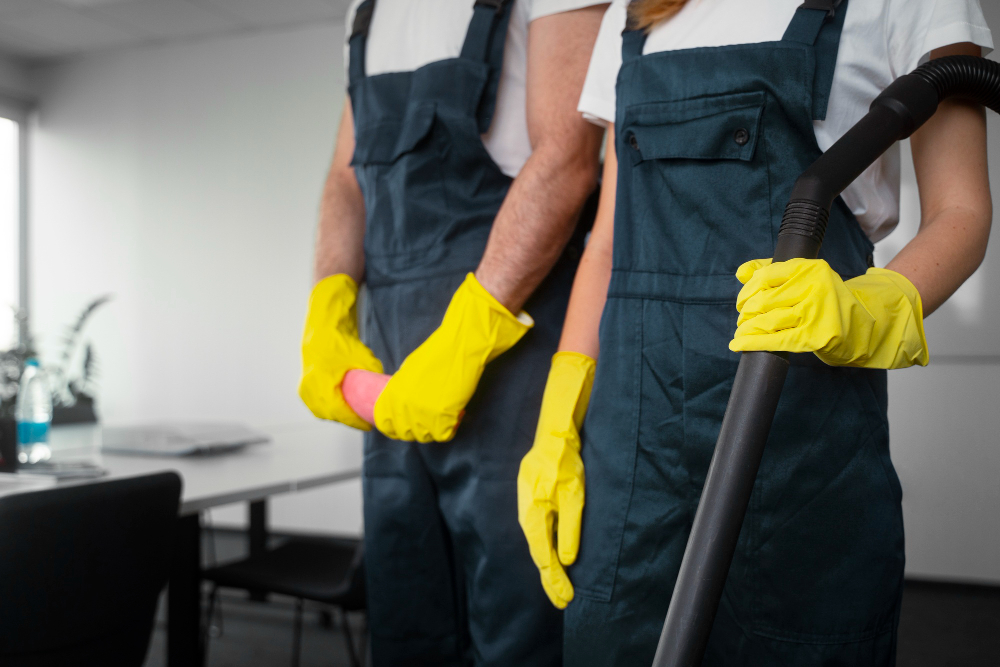
Creating a cleaning schedule for your company isn’t just about appearances—it’s about maintaining a safe, healthy, and productive work environment. Employees are more likely to stay motivated in tidy spaces, and clients are sure to notice the difference when visiting a well-maintained office. Plus, regular cleaning can reduce absenteeism by keeping germs and allergens in check.
Here’s a step-by-step guide on how to create the perfect cleaning schedule for your company.
Before we get into the “how,” let's discuss the “why.” A cleaning schedule isn’t just a good habit—it’s a necessity. Here’s why it’s crucial for your organization to have one in place.
1. Health and Safety Compliance
Adhering to health standards is essential for businesses, particularly in high-traffic areas like offices, warehouses, or retail spaces. A proper cleaning schedule ensures compliance with regulations and reduces the risk of workplace illnesses.
2. Improved Productivity
A clean and organized space leads to better focus. Employees spend less time searching through clutter and more time on the tasks that matter.
3. First Impressions Matter
For businesses that regularly host clients or visitors, a clean space speaks volumes about professionalism. It can make the difference between a one-time customer and a loyal client.
Not every business has the same cleaning requirements. Cleaning a bustling factory floor may look very different from maintaining a quiet office building or a retail store.
Assess the unique needs of your business to build a schedule that reflects these priorities.
Once you’ve identified your business’s cleaning requirements, organize them into daily, weekly, and monthly tasks. Breaking them into manageable categories ensures tasks aren’t overlooked.
Focus on high-traffic areas and high-touch surfaces. These are the spots that require the most frequent attention.
These are tasks that require a bit more time and effort but aren’t critical on a daily basis.
For areas seldom touched or often forgotten, a monthly schedule is sufficient.
Who is responsible for ensuring these tasks are completed? Assigning clear roles ensures accountability and consistency.
Option 1. Internal Staff
For smaller companies, assigning some tasks to employees can be cost-effective.
Option 2. Professional Janitorial Service
Larger companies or spaces with specialized cleaning needs often benefit from hiring a professional janitorial service. Experts can ensure that strict cleaning protocols are followed, without disrupting your employees’ workflow.
If you’re in Commerce, CA, consider S&W Janitorial Service. Their team specializes in creating tailored cleaning solutions for all business types—so your workspace can shine at its best.
Modern technology makes following a cleaning schedule more accessible than ever. Here are some tools to streamline the process.
Creating a cleaning schedule isn’t a one-and-done task. It’s essential to monitor its success and make adjustments as your company evolves.
An effective cleaning schedule is one of the unsung heroes of workplace success. It not only creates a healthier environment for your team but also boosts productivity and leaves a lasting impression on clients.
If your company in Commerce, CA is ready to take its cleaning game to the next level, consider a professional touch. S&W Janitorial Service specializes in creating customized cleaning solutions for businesses like yours.
Contact S&W Janitorial Service today to request a quote and experience the difference a pristine workspace can make!